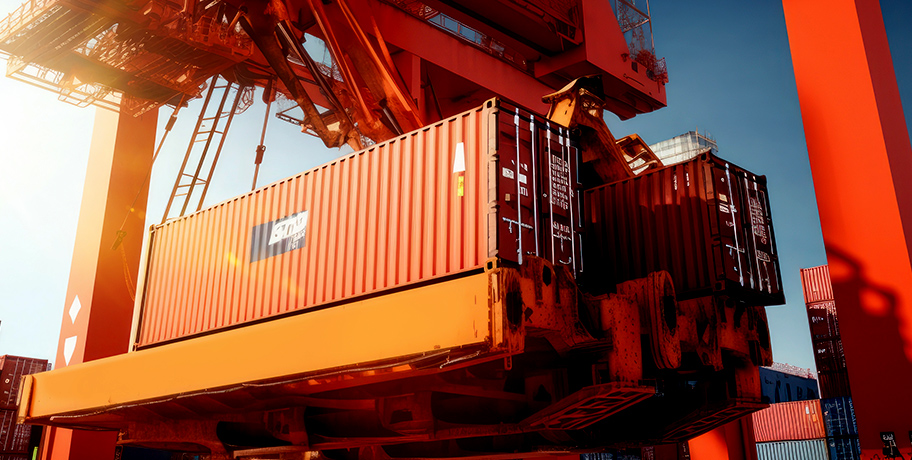WHAT IS BILL OF LADING?
Feb 14, 2024
What is a Bill of Lading?
In the world of shipping and logistics, the Bill of Lading is an integral legal document that facilitates the transportation of goods from one place to another. In this guide, we provide comprehensive insights into the purpose and significance of this document.
Understanding the Bill of Lading
A Bill of Lading is a legal document serving as a receipt for goods being shipped. It is issued by the carrier (transportation company) to the shipper (supplier or owner of the goods) and functions as a passport for the cargo. It confirms the safe transportation of goods from the point of origin to the destination.
The Bill of Lading represents transparency, accountability, and peace of mind in the shipping industry, serving as a vital document for shippers to navigate the complexities of logistics.
Key Components of a Bill of Lading
The Bill of Lading consists of several critical components, including but not limited to:
- Shipper and Consignee Details: Identification information of the supplier and recipient of the cargo.
- Description of Goods: A comprehensive account of the type, quantity and sometimes the condition of the goods being transported.
- Special Instructions and Requirements: Any specific handling or delivery instructions that must be followed to ensure the safe and timely arrival of the goods.
- Names and addresses of both the shipper and receiver (consignee) and both should be easily readable in the document.
- Purchase orders or reference numbers that are required for pickup upon delivery.
- Special instructions for the carrier that may be needed to ensure the integrity of the package.
- Date of pickup that the consignee can expect the goods to arrive.
- Description of items like the quantity of goods, dimensions and weight, and information about the material.
- Packaging type i.e. cartons, crates, pallets or drums used during shipping.
- NMFC code that corresponds to the freight class of the shipment, which is based on density, ease of handling, liability, and value.
- Dept. of Transportation hazardous material destination whereby hazardous items must be disclosed and which handling measures are necessary.
- BOL number given by the issuer of the BOL.
The above details provide shippers with comprehensive insights into the specifics of the cargo, enabling them to make better plans to ensure successful delivery.
The Bill of Lading and Proof of Delivery (POD)
While a Bill of Lading confirms the transportation of goods, a Proof of Delivery (POD) certificate serves as tangible evidence that the shipment has arrived at its destination. Although both documents are related, they serve different purposes. A POD certificate details the items delivered, providing evidence that the goods were indeed delivered to the designated recipient.
Consequences of Not Having a Bill of Lading
When a Bill of Lading is missing, it can lead to significant delays, frustrations and unnecessary headaches for the shipper. The release of the cargo can be put on hold without the original Bill of Lading, disrupting the supply chain and causing avoidable stress.
To ensure a smooth supply chain, shippers must have a proper Bill of Lading on hand or obtain confirmation from the carrier if an alternative solution is available.
Best Practices and Tips for Using a Bill of Lading
To make the most of the Bill of Lading, shippers should follow some best practices, including:
- Ensure Accuracy: Ensure all the information on the Bill of Lading is correct and accurate to match the actual shipment.
- Retain a Copy: Retain a copy of the Bill of Lading for records purposes to serve as a reference in case of disputes or challenges.
- Communicate Clearly: Provide clear instructions to the carrier regarding special handling or delivery requirements to improve the chances of a successful voyage.
Conclusion
Understanding the Bill of Lading is vital in the logistics and shipping industry. The document represents transparency, accountability and peace of mind for shippers during the process. With proper adherence to best practices, using a Bill of Lading can significantly reduce stress, prevent supply chain disruptions and ensure the successful transportation of goods from point A to point B.
Recent Posts

Dry Van Shipping: Back To Basics

What is a Bill of Lading?

